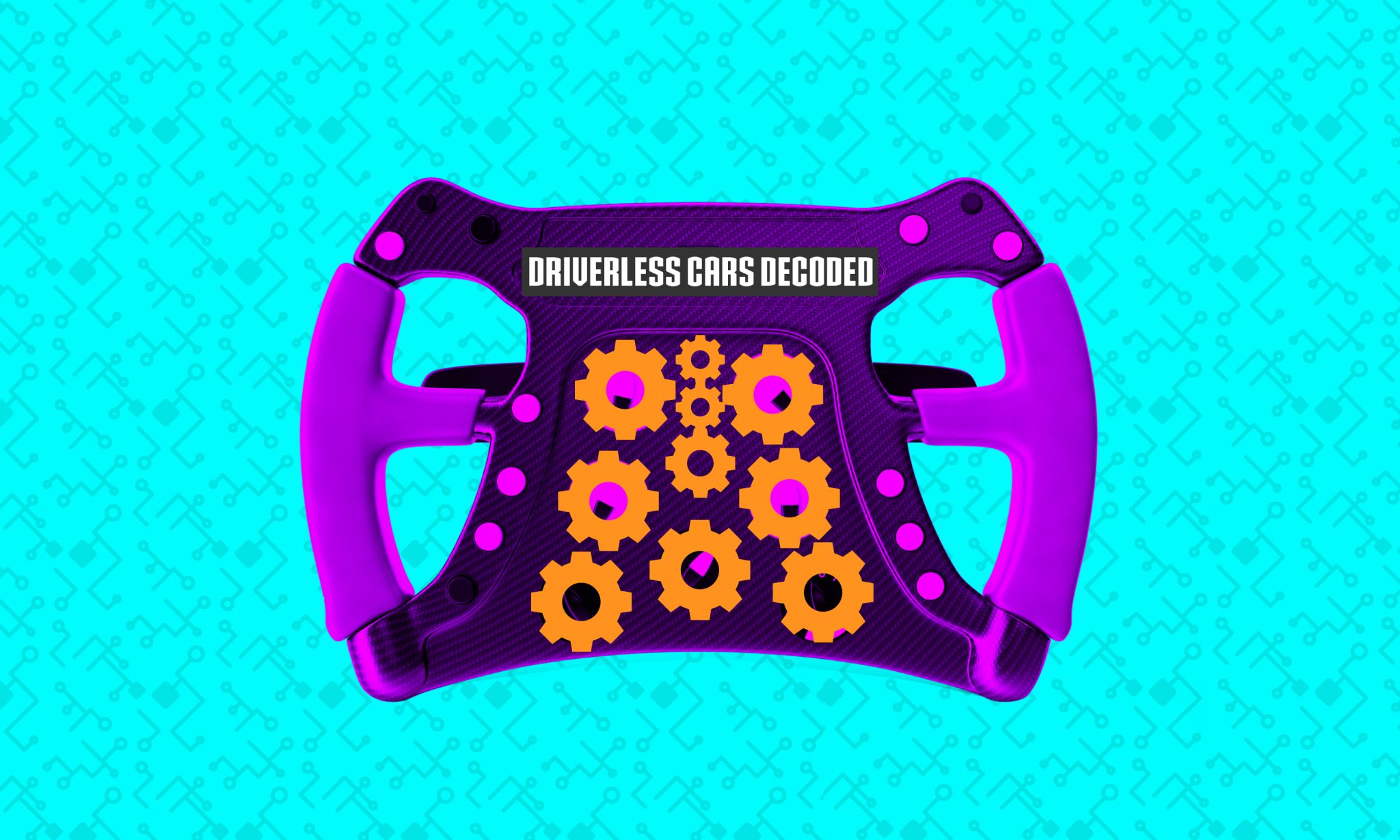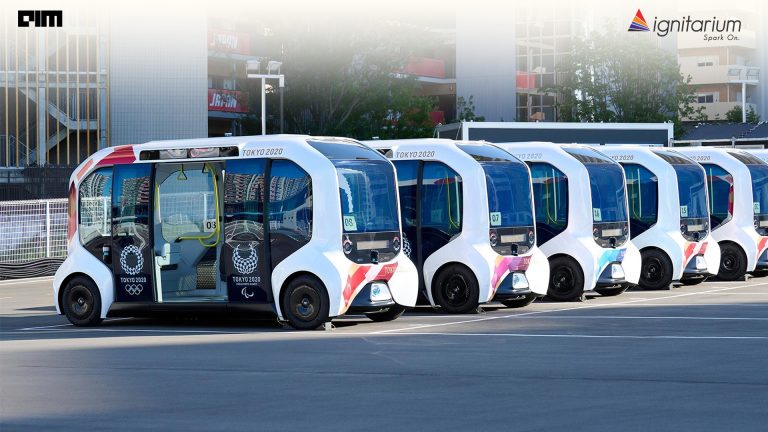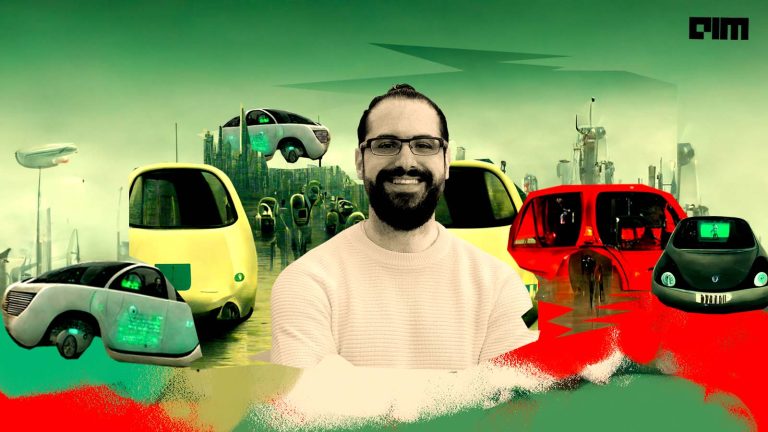When it comes to vehicular automation, not all vehicles are created equally. Though commonly known as driverless or autonomous vehicles, the scale of automation among the vehicles within this broad umbrella differ greatly.
Two bodies, both from the United States of America, have tried to define the levels of automation under which automated vehicles can be classified.
In 2013, National Highway Traffic Safety Administration (NHTSA) made the first attempt at defining the levels of vehicular automation in its Policy on Automated Vehicle Development. It proposed 5 levels of classification.However, these levels were later considered too broad.
The different levels under which cars with varying degree of self-driving functions are now categorized, were laid down by the Society of Automotive Engineers in 2014. Based on the amount of automation, the self-driving cars are divided into 6 progressive levels.

Level 0 – No automation
Simply put, you drive. These are your regular cars that require a human being at the wheel at all times. All the functions of the car are human controlled.
Level 1 – Driver-Assisted
In this level, automation can be found on a very rudimentary scale. It involves a computer system and human being working together to drive the car. The autonomy of the computer is very limited and most of the the functions are carried out by the driver. Two functions: acceleration and steering, can be controlled by the car. However, it cannot perform both the functions simultaneously. At any given point of time, the car can either steer or control acceleration, with the other function being undertaken by the driver. The responsibility of monitoring the road and navigating it is still very much the driver’s responsibility.
Adaptive Cruise Control (ACC) feature is an example of driver assisted automation in cars. The second generation (2015-2017) Chrysler 200 by Chrysler is a car with ACC.
http://https://www.youtube.com/watch?v=-ajUK_JQNG4
Level 2 – Partial Automation
Here, the driver may take his/her hands off the wheel. These cars can take control of both, steering and acceleration for short durations under specific conditions. But the the driver is still the eyes of the car and monitoring the environment for obstacles is still his responsibility. Though it can control the wheel and the speed, the car is not equipped to handle complex functions like changing lanes, stopping at traffic signals or negotiating a hairpin bend. The driver is expected to be on the ready to take control of the car when required. Tesla’s autopilot feature is an example of level 2 automation. It made its entry with a bang when, Tesla introduced the feature in its Model S in 2014. Since then, Tesla has included the feature in its Model X.
http://https://www.youtube.com/watch?v=AiOxUcDgsa8
Level 3 – Conditional Automation
This stage has already been reached — well, almost. The car can drive itself and can fulfill all the driving responsibilities most of the time. Going a step ahead of a level two car, this car can monitor and navigate. We can go as far as to say, it can make its own decisions. For example, the car can make the decision to overtake a slower car. However, when encountered with a scenario that it is unable to negotiate, the car requests the driver to take control. This poses a very serious risk. What if the driver is unable to assume control of the car when asked by the car? The outcome could be disastrous. Perhaps, it is because of this very risk that most companies working on driverless cars are trying to skip this level altogether.
In 2013, Google’s autonomous self driving car division, Waymo, decided to abandon its experimentation (highway driving assist feature) on this level when it found that the drivers of these cars were filmed engaging in tasks like applying makeup or even falling asleep behind the wheel when they were supposed to be paying attention to the road ahead! However, earlier this year, it was announced that the 2018 Audi A8 became the first production car to achieve level 3 autonomy.
http://https://www.youtube.com/watch?v=J_0VIM8VAPg
Level 4 – High Automation
Remember the car that Will Smith’s character, Detective Spooner, drives in the movie I, Robot? In the film, the car drives itself but gives the control back to Smith’s character when he asks for it. This extent of understanding between the driver and the car is achieved in level 4 driverless cars. These cars will have fully autonomous driving capabilities and will be able to drive themselves without any human inputs. In other words, the driver does not have to concern himself with being ready to take control from the car like in the previous level. All that the driver has to do is kick back and enjoy the ride. However, if the driver wishes to take control, the car (which comes with all the mechanical components to enable human driving), surrenders complete control to the driver. But the idea of including the entire mechanics for manual driving has been dubbed as costly and redundant. But this has not deterred car manufacturers Ford and Volvo from announcing a 2021 deadline to roll out Level 4 cars. Internet and artificial intelligence company, Baidu, has also announced plans to make level 4 cars available by 2021.
http://https://www.youtube.com/watch?v=xYqtu39d3CU
Level 5 – Full Automation
This level of automated cars is considered the light at the end of the tunnel. The car of the future where the idea of a driver ceases to exist and the role of a human being will be reduced to that of a passenger. A completely autonomous engineering marvel that will carry out every last function that its primitive Level 0 ancestors required a human for. A glimpse of this concept car can be seen in the critically-acclaimed Netflix sci-fi thriller Black Mirror episode titled, ‘Hated By The Nation’.
In this regard, Waymo, has taken giant strides in making it a reality. Waymo recently announced that its fleet of self-driving test cars had clocked over 4 million miles. From regular simulation to putting their cars through unique constructed scenarios in their 91 acre test facility, Waymo has been working on the premise that when it comes to full automation, experience and continuous learning is the key. The cars have also been driven across various terrains like the bridges in San Francisco Bay, the Santa Cruz mountains in California, and the dust storms of Arizona.
Among the known players who are aggressively working towards complete automation, Chipmaker Nvidia Corp is the latest to join the club. Its NVIDIA DRIVE PX shows promise and aims at making level 5 driverless cars possible on a 2021 deadline.
http://https://www.youtube.com/watch?v=aaOB-ErYq6Y
Conclusion
With multiple players in the fray and all of them working towards the same idea, the autonomous car industry is set be worth $7 trillion by 2050. But the underlying point is that a completely autonomous car is well on its way of becoming a reality. The only thing remains to be seen is when we can see the inventions on road in India.
From errant traffic and lawless driving to illegal constructions and shoddy maintenance of roads, a driverless cars would have to take many, many variables into consideration. In a 2016 interview, former Uber CEO Travis Kalanick had said that India would be the “last place” to get autonomous cars. “Have you see the way people drive here,” he had exclaimed jokingly.
Let us hope that’s not the case.


















































































